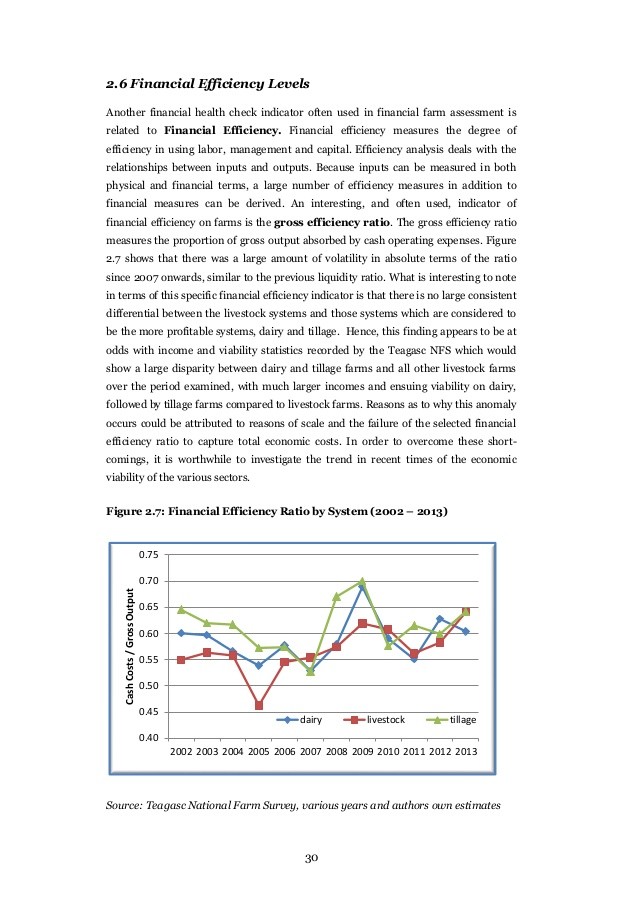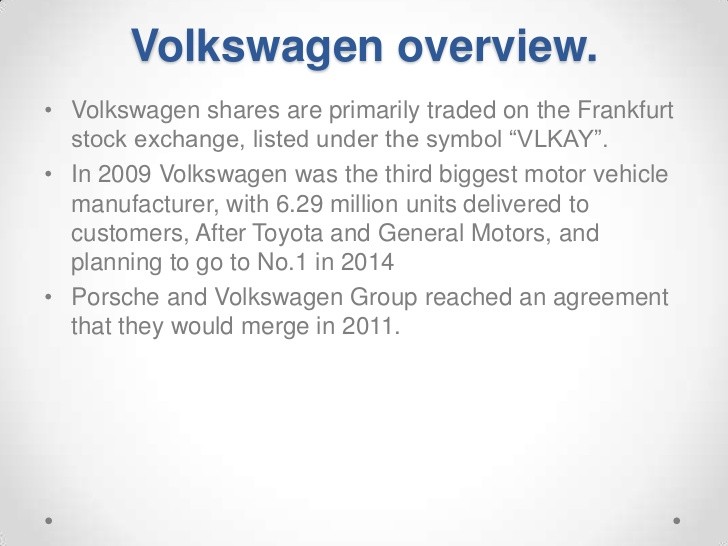Financial Analysis of an Agricultural Business Liquidity Solvency
Post on: 12 Май, 2015 No Comment

You’ve reached the Virginia Cooperative Extension Newsletter Archive. These files cover more than ten years of newsletters posted on our old website (through April/May 2009), and are provided for historical purposes only. As such, they may contain out-of-date references and broken links.
www.ext.vt.edu/news/.
Financial Analysis of an Agricultural Business Liquidity & Solvency
Farm Business Management Update, December 2007 — January 2008
By Alex White (axwhite@vt.edu ), Instructor, Agricultural Finance and Small Business, Agricultural & Applied Economics, Virginia Tech
A manager needs to take a broad view to critically analyze a business. Far too often managers and lenders focus on just one area of the business rather than looking at the entire picture. From a financial analysis standpoint there are 4 main areas that should be considered: Liquidity & Solvency, Repayment Ability, Profitability, and Financial Efficiency. This issue focuses on Liquidity and Solvency. Well cover the remaining areas in the upcoming issues.
Liquidity and Solvency youve probably heard these terms in your lenders office, but a significant portion of business owners dont really understand what they mean. So today we will discuss what liquidity and solvency mean, how you measure them, and what to do if youre having troubles in these areas.
Liquidity
Liquidity is a measure of how easily a business can meet its upcoming short-term debts with its current assets without disrupting the normal operation of the business. Or, in everyday words, does the business have enough liquid assets to cover any debts or upcoming payments within the next year. Do not confuse liquidity with cash flow. Cash flow measures your cash surplus (or deficit) during each period whereas liquidity just looks at your current (or liquid) assets and your current liabilities at one point in time. A business may have poor liquidity but strong cash flow. Conversely, a business may have strong liquidity and poor cash flow but not for long.
The most common measure of liquidity is the current ratio. The current ratio is calculated by dividing your total current assets by your total current liabilities (from your balance sheet). Liquid assets would be most of the assets you have listed under the current assets section of your balance sheet cash, savings, inventory held for sale, and accounts receivable. Current liabilities include principal due and accrued interest on term debts, operating loan balances, and any other accrued expense.
For example if your current assets are $10,000 and your current liabilities are $8,000, then your current ratio would be 1.25 ($10,000 / $8,000). We interpret this ratio as follows: you have $1.25 of current assets (cash, savings, etc.) for every $1.00 of obligations (loan payments, accounts payable, etc.) you owe within the upcoming year.
Benchmarks for the current ratio vary, depending on the industry. For agriculture I usually like to see a current ratio between 1.5 and 3.0. In other words, I like to see an agribusiness have at least $1.50 in current assets for every $1.00 of current liabilities. Personally, I do not like to see this ratio go above 3.0 this tells me that the firm may have too much of their assets in liquid, non-earning assets, and this can hurt your profitability. For example, assume that I have a large percentage of my assets in cash and savings. While my liquidity is strong, I should realize that cash and savings accounts do not earn a substantial rate of return maybe my operation would be more profitable if I used some of those liquid assets in a more productive manner.
What can I do if I have poor (low) liquidity? There are two general ways to improve your liquidity increase your current assets or decrease your current liabilities. Looking deeper into these options, we can find several practical methods of improving our liquidity. To increase our current assets, we can:
- Sell unneeded non-current assets and keep the proceeds in savings or use them to pay down your current liabilities
To lower your current liabilities:
- Use excess cash to pay down your accounts payable, operating loan balances or to prep-pay your term debts
A firm can survive and thrive with poor liquidity but the management will have to be on their toes. To overcome poor liquidity in the short term, the firm must have strong cash flow and/or access to operating funds for emergencies. For the long term (chronic poor liquidity) the firm must have strong profitability and/or strong solvency.
Solvency

Solvency is a measure of whether the business can cover its total debts with its asset base. This is a longer-run measure than liquidity. With solvency we are concerned with all debts, not just the current obligations. When a firm is insolvent, it has more debts than it has in assets not a good position!
The main measures of solvency are Owners Equity (aka Net Worth) and the debt/asset ratio. Just like liquidity, all of the information we need to calculate solvency comes from the balance sheet.
Owners equity is a measure of how much capital an owner has invested in the business over time. Obviously, we like to see an owners equity that is greater than zero, and typically, the higher it grows over time, the better financial condition of the firm. To calculate owners equity, simple subtract total liabilities from total assets. For example, assume my total assets are worth $500,000 and my total liabilities are $200,000. My owners equity would be $300,000 ($500,000 — $200,000). That indicates that over time I have contributed approximately $300,000 in assets and/or retained earnings from the business operations. Its greater than zero, so I should be relatively happy with my solvency.
To explore solvency a little deeper, we use the debt/asset ratio. The debt/asset ratio is calculated by dividing total liabilities by total assets. From the above example, my debt/asset ratio would be 40% ($200,000 / $500,000). This measure helps us compare our solvency to similar operations.
I like to see the debt/asset ratio for an agricultural firm to be less than 60 percent. This means that for every $1 of assets the firm has borrowed $0.60. Another way to look at this ratio is that your creditors own 60 percent of your assets! Anything over 60 percent indicates a significant level of financial risk. It also puts tremendous pressure on the business cash flow the more you borrow, the higher your periodic loan payments.
How do I overcome a poor solvency measure? Well, this isnt quite as straightforward as improving your liquidity. First of all, a new operation will be expected to have low solvency thats only natural. You can overcome this with hard work, strong cash flow, and solid profitability over time. In general terms, to improve solvency you will need to increase your asset base without increasing your liabilities. Here are a couple of methods:
- Sell unneeded assets and use the proceeds to pay down your debts
So What?
Who really cares about liquidity and solvency anyway? Honestly, I dont see liquidity or solvency being the most important areas of financial analysis for a business manager. I think that cash flow, financial efficiency, repayment ability and profitability are much more important in the day-to-day management of a business. But that doesnt mean that you can ignore liquidity and solvency they are important when looking at the overall financial condition of an agribusiness.
Many lenders are concerned about a business liquidity and solvency, and rightly so especially for large operations and capital-intensive operations. Chances are that your lenders will look closely at the liquidity and solvency when you are applying for a loan. If these areas are weak spots for your business I would recommend that you develop 3-4 plans for improving or overcoming your condition BEFORE you meet with your lender. Be able to answer the lenders questions with sound, reasonable alternatives that means you need to understand liquidity and solvency!!
In future articles we will discuss repayment ability, financial efficiency, and profitability more key areas that a good manager should be able to comprehend and use to improve a business.














